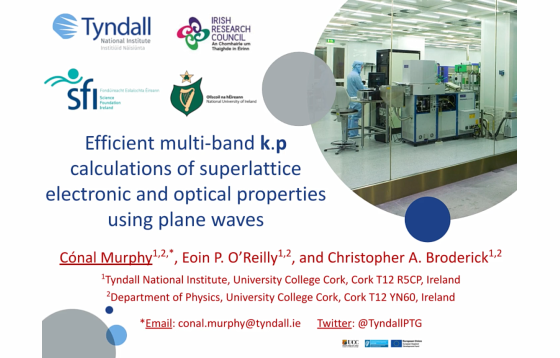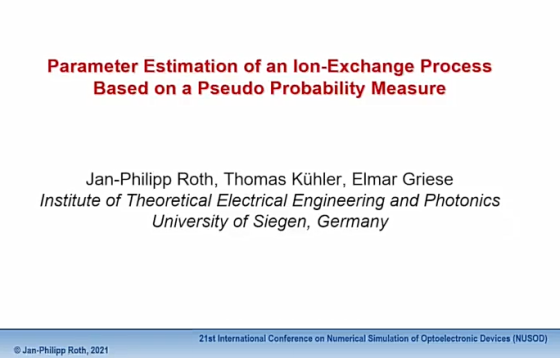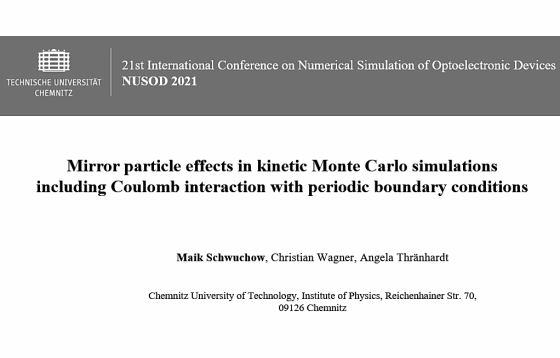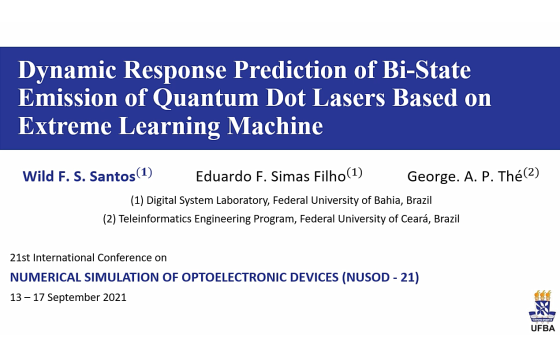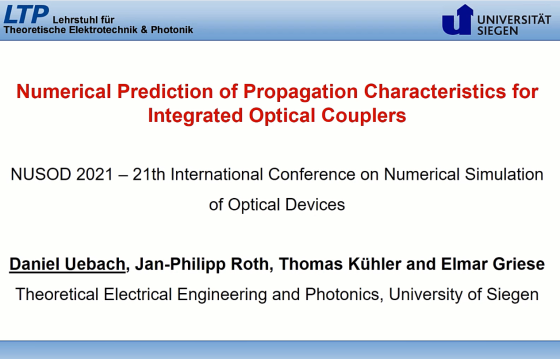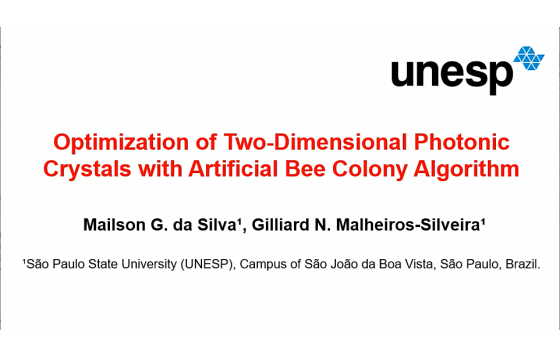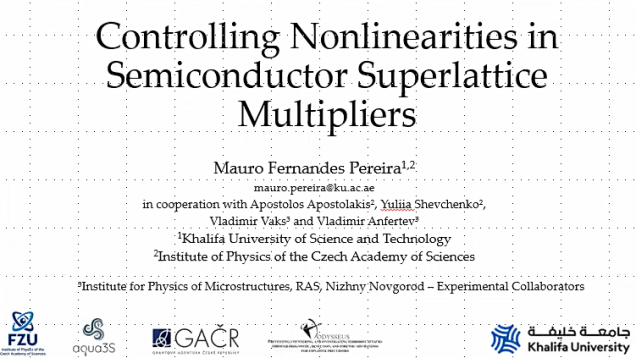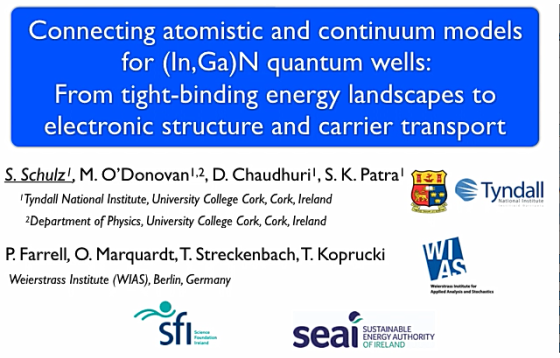MM02–Efficient multi-band k·p calculations of superlattice electronic and optical properties using plane waves
Solving the multi-band k·p Schrodinger equation for a quantum-confined heterostructure using a reciprocal space plane wave approach presents several advantages compared to conventional real space approaches such as the finite difference or element methods. In addition to allowing analytical derivation of the heterostructure Hamiltonian, a desired level of accuracy in the computed eigenstates can generally […]




